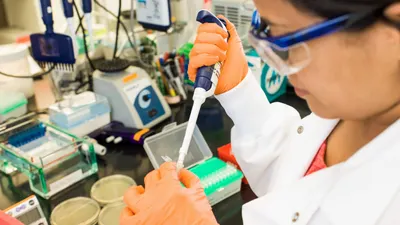Editas Medicine Lays Off 65% Staff, Ends Sickle Cell Therapy, Refocuses on In Vivo CRISPR

Editas Medicine is undergoing a massive workforce reduction, laying off approximately 65% or 180 employees, including key figures such as its Chief Medical Officer and two board members. This drastic cutback is a consequence of the company's unsuccessful attempt to secure a commercial partner for its sickle cell disease therapy, known as reni-cel, which has now been discontinued[1][2]. This restructuring aims to extend the company's financial reserves until 2027 and shift focus toward "in vivo" CRISPR gene-editing strategies, which CEO Gilmore O’Neill believes will position Editas as a leader in this innovative field[1]. Despite this pivot being the company's second major strategic shift, it aligns with the growing interest and approval of similar CRISPR therapies by competitors[2].
References
Explore Further
What specific challenges did Editas face in securing a commercial partner for their reni-cel therapy?
How does the technology behind in vivo CRISPR gene-editing differ from previous Editas projects like reni-cel?
What are the potential impacts of these layoffs on the future development and innovation at Editas Medicine?
How does Editas plan to leverage its collaboration with Genevant to advance its in vivo CRISPR programs?
What competitive advantages does Editas Medicine believe it can achieve by refocusing on in vivo CRISPR gene-editing applications?